The Evolution of Digital Twins in Industry
Digital Twins: Transforming Industry Through Virtual Innovation
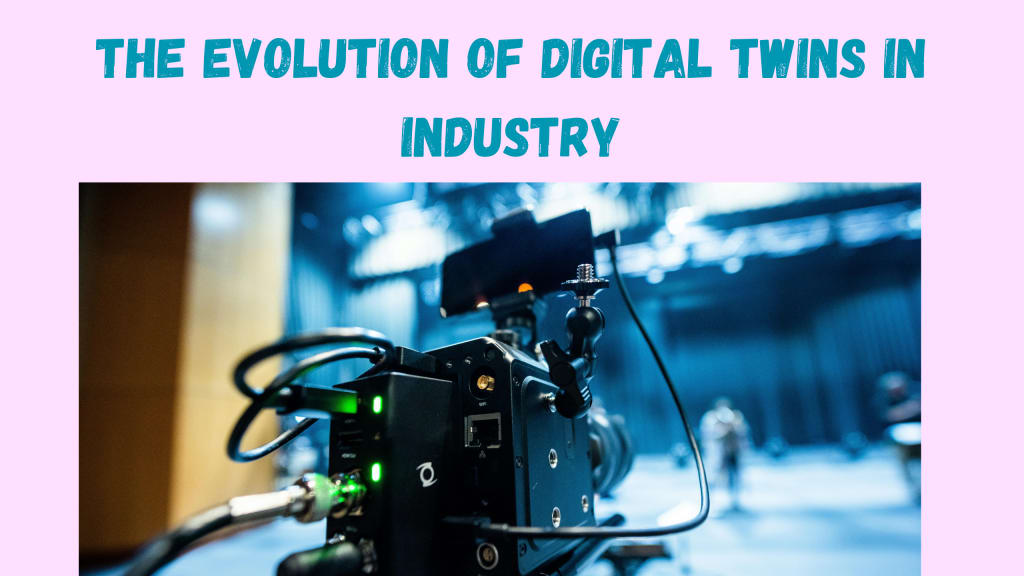
Introduction
Digital twins, a concept first introduced by Michael Grieves in 2002, have evolved dramatically over the past two decades. Originally, the idea was to create a digital replica of physical assets to simulate, predict, and optimize their performance. Today, digital twins have become integral to various industries, transforming operations and decision-making processes.

Early Beginnings and Conceptualization
In the early 2000s, digital twins were primarily a theoretical concept. The initial focus was on creating virtual models of physical systems to improve product lifecycle management (PLM). The idea was to bridge the gap between the physical and digital worlds, enabling better data integration and real-time monitoring.
The first practical implementations of digital twins were rudimentary, and often limited by the available technology. Early digital twins were static models, lacking the real-time data integration that characterizes modern implementations. Despite these limitations, the potential benefits were clear: improved product design, predictive maintenance, and enhanced operational efficiency.
Technological Advancements and Adoption
The evolution of digital twins has been closely tied to advancements in several key technologies:
Internet of Things (IoT): The proliferation of IoT devices has been a game-changer for digital twins. Sensors embedded in physical assets collect real-time data, providing a continuous stream of information to their digital counterparts. This has enabled more accurate simulations and real-time monitoring.
Big Data and Analytics: The ability to process and analyze vast amounts of data has allowed digital twins to become more sophisticated. Advanced analytics and machine learning algorithms can uncover patterns and insights that were previously inaccessible, enhancing the predictive capabilities of digital twins.
Cloud Computing: The advent of cloud computing has made it easier to store, process, and share the large volumes of data required for digital twins. Cloud platforms provide the scalability and computational power needed to run complex simulations and models.
Artificial Intelligence (AI): AI has played a crucial role in the evolution of digital twins. Machine learning algorithms can analyze data in real time, predict future states, and even optimize performance without human intervention.
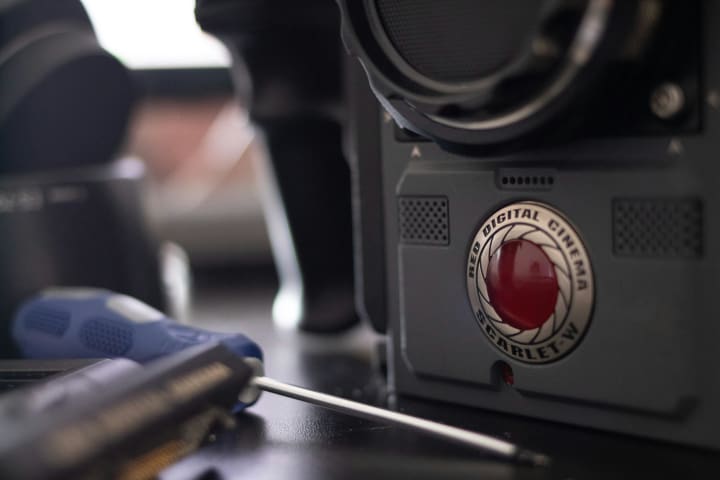
Digital Twins in Different Industries
Digital twins have found applications in a wide range of industries, each leveraging the technology in unique ways:
Manufacturing
In manufacturing, digital twins are used to optimize production processes, improve product quality, and reduce downtime. By creating digital replicas of factory floors, manufacturers can simulate different scenarios, identify bottlenecks, and implement process improvements. Predictive maintenance powered by digital twins can also reduce unplanned outages and extend the lifespan of equipment.
Aerospace
The aerospace industry was an early adopter of digital twins, using them to improve the design and maintenance of aircraft. Digital twins of engines, for example, can monitor performance in real time, predict maintenance needs, and even optimize fuel efficiency. This has led to significant cost savings and improved safety.
Healthcare
In healthcare, digital twins are used to create personalized treatment plans and improve patient outcomes. By creating digital replicas of patients, doctors can simulate different treatment options and predict their effectiveness. Digital twins of medical devices can also monitor performance and predict failures, ensuring they operate reliably.
Urban Planning and Smart Cities
Digital twins are transforming urban planning and the development of smart cities. By creating digital replicas of entire cities, planners can simulate different development scenarios, optimize traffic flow, and improve energy efficiency. Real-time data from IoT devices can also monitor and manage city infrastructure more effectively.
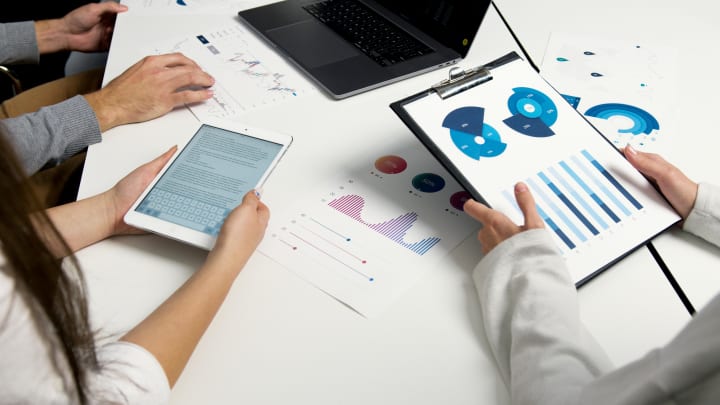
Challenges and Future Directions
While the potential of digital twins is immense, several challenges remain:
Data Integration: Integrating data from diverse sources and ensuring its accuracy can be challenging. Inconsistent or incomplete data can lead to inaccurate simulations and predictions.
Cybersecurity: Digital twins rely on vast amounts of data, much of which is sensitive. Ensuring the security and privacy of this data is crucial, particularly in industries like healthcare and critical infrastructure.
Standardization: There is a lack of standardization in the development and implementation of digital twins. Establishing common standards and best practices will be essential for wider adoption and interoperability.
Despite these challenges, the future of digital twins looks promising. As technology continues to advance, digital twins will become more sophisticated, accurate, and integrated. Emerging technologies like edge computing and 5G will further enhance their capabilities, enabling real-time data processing and decision-making at unprecedented speeds.
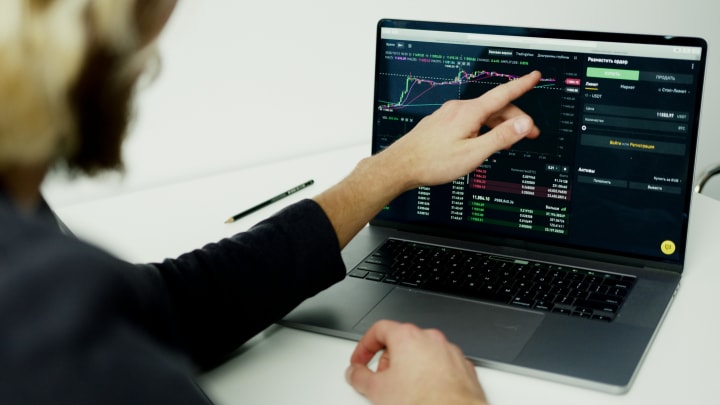
The Role of Digital Twins in Sustainability
Digital twins are also playing a crucial role in promoting sustainability across industries. By optimizing processes and reducing waste, digital twins contribute to more efficient resource usage and lower environmental impact.
Energy Management
In the energy sector, digital twins are used to optimize the production, distribution, and consumption of energy. For example, digital twins of power plants and grid infrastructure can predict and manage demand, improve efficiency, and reduce emissions. Renewable energy sources, such as wind turbines and solar panels, also benefit from digital twins by maximizing their output and ensuring their integration into the energy grid.
Water Management
Digital twins are helping cities and industries manage water resources more efficiently. By creating digital replicas of water distribution systems, utilities can monitor water quality, detect leaks, and optimize distribution. This not only ensures a reliable water supply but also reduces water waste and energy consumption associated with water treatment and distribution.
Circular Economy
Digital twins support the transition to a circular economy by enabling better tracking and management of materials and products throughout their lifecycle. For instance, manufacturers can use digital twins to monitor the condition and performance of products in use, facilitating maintenance, refurbishment, and recycling. This extends the lifespan of products and materials, reducing waste and promoting sustainability.

Case Studies of Digital Twin Implementations
To illustrate the impact of digital twins, let's explore some real-world case studies across different industries:
Siemens and the Amberg Electronics Plant
Siemens has implemented digital twin technology at its Amberg Electronics Plant in Germany, one of the most advanced manufacturing facilities in the world. The digital twin of the plant replicates every detail of the production process, from individual components to entire systems. This allows Siemens to simulate production scenarios, optimize workflows, and predict maintenance needs. The result is a highly efficient and flexible production process, with a defect rate of less than 12 parts per million.
General Electric and Aircraft Engines
General Electric (GE) uses digital twins to monitor and maintain its aircraft engines. By creating digital replicas of engines, GE can track their performance in real time, predict maintenance needs, and optimize fuel efficiency. This has led to significant cost savings for airlines and improved safety and reliability. For example, GE's digital twin technology helped detect and address a potential issue in an engine used by a major airline, preventing a costly and dangerous failure.
Singapore’s Virtual Singapore
Singapore has developed a digital twin of the entire city called Virtual Singapore. This highly detailed 3D model integrates data from various sources, including IoT devices, satellite imagery, and geographic information systems (GIS). Urban planners use Virtual Singapore to simulate different development scenarios, optimize traffic flow, and improve energy efficiency. The digital twin also helps in disaster management by predicting the impact of natural events and coordinating emergency response efforts.
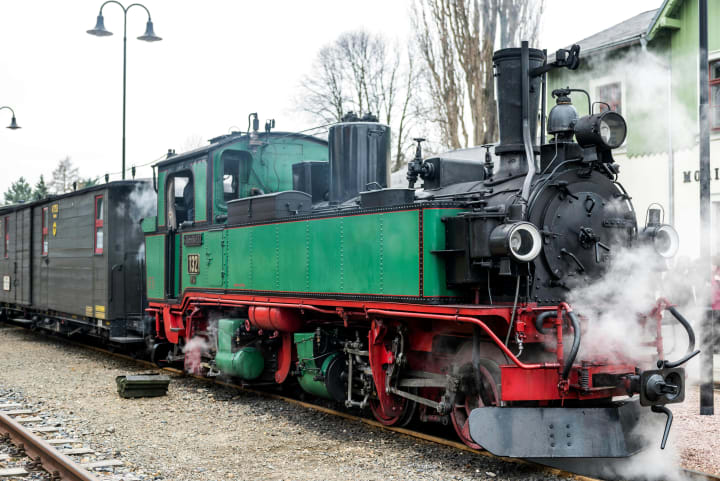
Future Trends and Innovations
As digital twin technology continues to evolve, several emerging trends and innovations are shaping its future:
Integration with Blockchain
Integrating digital twins with blockchain technology can enhance data security, transparency, and traceability. Blockchain can provide a secure and immutable record of all data associated with a digital twin, ensuring its integrity and authenticity. This is particularly valuable in industries like supply chain management, where tracking the provenance and condition of goods is critical.
Enhanced Human-Machine Collaboration
Advancements in augmented reality (AR) and virtual reality (VR) are enabling more immersive and interactive digital twin experiences. Engineers and operators can use AR/VR interfaces to visualize and interact with digital twins in real-time, enhancing human-machine collaboration. This can improve decision-making, training, and maintenance processes.

Autonomous Systems
Digital twins are increasingly being used to develop and manage autonomous systems, such as self-driving cars and industrial robots. By simulating and optimizing the behavior of these systems in real-time, digital twins can enhance their performance, safety, and reliability. For example, autonomous vehicles can use digital twins to navigate complex environments, predict traffic conditions, and optimize routes.
Cross-Industry Collaboration
The future of digital twins lies in cross-industry collaboration and data sharing. By creating interconnected digital twins that span different industries and domains, we can unlock new levels of innovation and efficiency. For instance, a smart city’s digital twin could integrate data from energy, transportation, and healthcare systems, providing a holistic view of the city's operations and enabling more coordinated and effective management.

Conclusion
The evolution of digital twins has been a transformative journey, marked by significant technological advancements and innovative applications across various industries. From optimizing manufacturing processes to enhancing healthcare outcomes and promoting sustainability, digital twins are reshaping the way we design, operate, and maintain complex systems. As technology continues to advance, the potential of digital twins will only grow, offering new opportunities for efficiency, innovation, and sustainability. The future of digital twins is bright, promising a world where the physical and digital realms are seamlessly integrated, driving unprecedented levels of insight and optimization.
About the Creator
Raja Views
Embrace growth, achieve success—where every challenge becomes a stepping stone to greatness, shaping a journey of resilience and triumph
Enjoyed the story? Support the Creator.
Subscribe for free to receive all their stories in your feed. You could also pledge your support or give them a one-off tip, letting them know you appreciate their work.






Comments
There are no comments for this story
Be the first to respond and start the conversation.